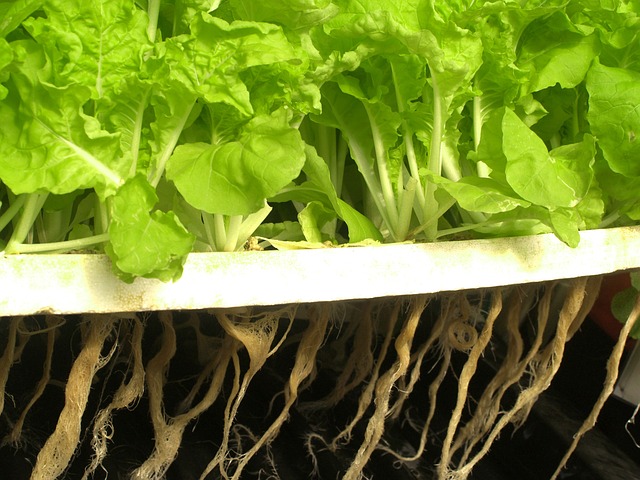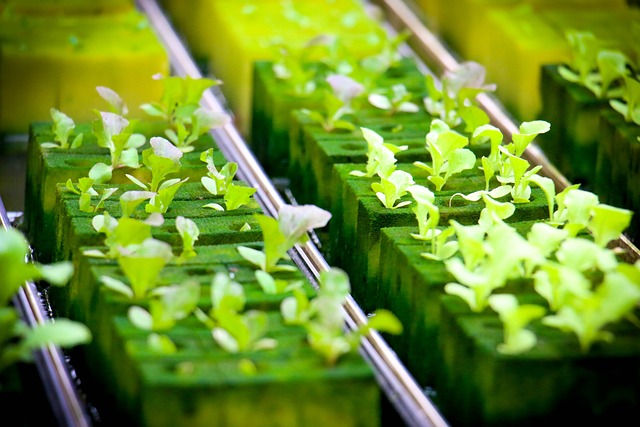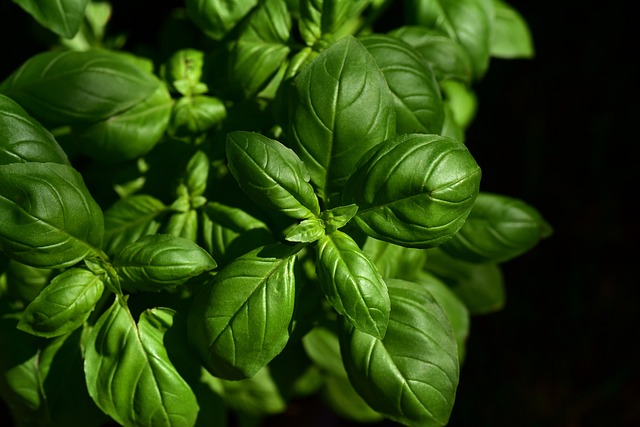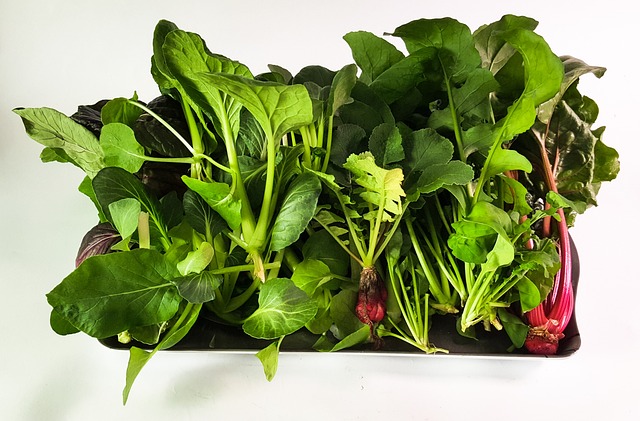Discover the best hydroponics system for growing herbs at home with my ultimate guide. From Deep Water Culture to Nutrient Film Technique, find the perfect fit for your herb garden. Start growing fresh, flavourful herbs today.
Hey there, herb lovers! If you’re like me and dream of growing your own tasty herbs at home, you’re in for a treat. I’m Mitch, and I’m on a mission to find the best way to grow herbs without dirt. Sound cool? It totally is!
In this guide, I’ll walk you through some easy ways to grow herbs using hydroponics. Don’t worry if you’re not a pro gardener—I’ll keep it simple. We’ll check out different hydroponic setups, like ones where the plants grow in water or get fed through tubes. Trust me, it’s not as complicated as it sounds!
So, get ready to spice up your cooking with fresh, flavourful herbs you grew yourself. Let’s jump in and get growing!

Check out my other pages on herbs here
- When To Add Fresh Herbs To Cooking
- What Is The Best Herbal Tea For Sleep
- Natural Herbs For Anxiety
- Herbs Spices List
- Herb Garden Plans For Beginners
so what is hyrdroponics
Curious about hydroponics? Let’s break it down!
Hydroponics might sound like a fancy word, but it’s actually pretty simple. It’s a way of growing plants without using soil. Instead, plants grow in water mixed with special nutrients that give them everything they need to thrive.
Think about it like this: plants need water, nutrients, and sunlight to grow, right? In hydroponics, we’re just giving them those things in a different way. Instead of digging in the dirt to find nutrients, the plants’ roots soak up all the good stuff from the water.
But how do the plants stay upright without soil? Well, there are different hydroponic systems that hold the plants in place while their roots dangle in the nutrient-rich water. Some systems use trays or tubes, while others suspend the plants in the air.
The cool thing about hydroponics is that it’s super efficient. Since the plants get exactly what they need, when they need it, they can grow faster and produce bigger yields. Plus, you can grow plants year-round, even if you don’t have a big backyard!
So, whether you’re a gardening pro or a newbie with a green thumb, hydroponics is an awesome way to grow fresh, healthy plants right at home. Ready to learn more? Let’s dive deeper into the world of hydroponics and see how it can revolutionize the way you garden!
For a more in depth description check out Wikipedia here

The best systems to grow using hydroponics
Now that you’re familiar with the concept of hydroponics, let’s delve deeper into the world of hydroponic systems. Each system has its unique characteristics, benefits, and considerations, so let’s explore them in more depth to help you make an informed decision:
- Deep Water Culture (DWC):
- DWC is a popular choice among hydroponic enthusiasts for its simplicity and effectiveness. In a DWC system, plant roots are submerged in a nutrient solution, oxygenated by an air pump. This constant supply of oxygen promotes rapid growth and robust root development. DWC systems are ideal for fast-growing plants like lettuce, herbs, and leafy greens.
- Nutrient Film Technique (NFT):
- NFT systems operate by continuously flowing a thin film of nutrient solution over the plant roots, which are suspended in a shallow channel. This method optimizes nutrient uptake and encourages vigorous growth. NFT systems are well-suited for plants with shallow root systems and are commonly used for growing herbs, strawberries, and smaller vegetables.
- Drip System:
- Drip systems deliver a precise amount of nutrient solution to each plant through a network of tubes and emitters. This method allows for customizable nutrient delivery and is suitable for a wide range of plant sizes and types. Drip systems are popular among commercial growers and can be automated for minimal maintenance.
- Aeroponics:
- Aeroponic systems suspend plant roots in the air and deliver nutrients via a fine mist or spray. This method maximizes oxygenation and nutrient absorption, resulting in rapid growth and increased yields. Aeroponic systems are highly efficient but may require more maintenance and monitoring compared to other systems.
- Wick System:
- Wick systems are the simplest form of hydroponics, relying on a wick to passively transport nutrient solution from a reservoir to the plant roots. While easy to set up and maintain, wick systems may not provide optimal nutrient delivery for larger or fast-growing plants.
Each hydroponic system has its advantages and limitations, so it’s essential to consider factors such as space, budget, plant type, and maintenance requirements when choosing the best system for your needs. By understanding the intricacies of each system, you can make an informed decision and set yourself up for hydroponic gardening success. Let’s explore further to find the perfect hydroponic system for your green ambitions!

a few herbs that love been grown this way
Basil: Basil is a fragrant herb commonly used in Italian and Thai cuisines. It thrives in hydroponic systems, producing abundant foliage with a distinctive aroma and flavour. Basil prefers warm temperatures and plenty of sunlight, making it an excellent choice for hydroponic gardens.
Mint: Mint is a versatile herb known for its refreshing flavour and aroma. It grows vigorously in hydroponic setups, spreading rapidly and producing lush green leaves. Whether you’re growing spearmint, peppermint, or other varieties, mint is well-suited for hydroponic cultivation.
Cilantro: Cilantro, also known as coriander, is a popular herb in many cuisines worldwide. It grows well in hydroponic systems, producing tender leaves with a distinctive citrusy flavour. Cilantro prefers cooler temperatures and consistent moisture, making hydroponics an ideal method for its cultivation.
Parsley: Parsley is a versatile herb commonly used as a garnish or flavoring in various dishes. It thrives in hydroponic environments, producing vibrant green leaves with a fresh, slightly peppery flavour. Parsley prefers well-drained growing conditions and benefits from regular pruning to encourage new growth.
Thyme: Thyme is a hardy herb with a robust flavour that pairs well with a variety of dishes. It performs exceptionally well in hydroponic setups, producing aromatic foliage with a hint of lemon. Thyme prefers well-aerated growing conditions and can tolerate drier environments, making it well-suited for hydroponic cultivation.
Rosemary: Rosemary is a fragrant herb with a strong, pine-like flavor. It thrives in hydroponic systems, producing woody stems and needle-like leaves that add depth to savory dishes. Rosemary prefers well-drained growing media and benefits from ample sunlight and good air circulation.
Oregano: Oregano is a flavorful herb commonly used in Mediterranean and Mexican cuisines. It grows well in hydroponic environments, producing aromatic leaves with a robust flavour. Oregano prefers warm temperatures and bright light, making it an excellent choice for hydroponic gardens.
Chives: Chives are a mild-flavored herb related to onions and garlic. They grow well in hydroponic systems, producing slender green leaves that add a subtle onion flavor to dishes. Chives prefer cooler temperatures and benefit from regular harvesting to encourage new growth.
Sage: Sage is a fragrant herb with a distinctive flavor that enhances a variety of dishes. It performs well in hydroponic setups, producing velvety leaves with a savory, slightly peppery taste. Sage prefers well-drained growing media and thrives in full sunlight.
Dill: Dill is an aromatic herb commonly used in pickling and seafood dishes. It grows well in hydroponic environments, producing feathery foliage with a delicate flavor reminiscent of anise and citrus. Dill prefers cooler temperatures and benefits from regular pruning to maintain its shape and encourage bushy growth.
These herbs offer a range of flavours and culinary uses, making them excellent choices for hydroponic gardening enthusiasts looking to cultivate fresh, flavourful herbs at home.

The Wrap Up
As we wrap up our exploration of hydroponic herb gardening, it’s clear that this innovative approach offers endless possibilities for cultivating fresh, flavorful herbs right at home. From the fragrant allure of basil to the robust taste of rosemary, hydroponics empowers enthusiasts of all skill levels to nurture thriving herb gardens in any space.
As you embark on your hydroponic journey, remember the versatility and adaptability of these systems. Whether you opt for the simplicity of Deep Water Culture or the precision of Nutrient Film Technique, each method has its own unique charm and benefits. With a little experimentation and a dash of creativity, you’ll discover the perfect hydroponic setup to suit your needs and preferences.
So, as you bid farewell to this guide, take with you the excitement of a new gardening adventure. With hydroponics, the possibilities are endless, and the rewards are bountiful. Whether you’re a seasoned gardener or a curious beginner, may your hydroponic herb garden flourish and thrive, bringing joy, flavor, and freshness to your culinary creations for years to come.
Happy gardening.
Leave us a comment please
Follow to stay up to date with new posts!
Mitch
Our website contains affiliate links. This means if you click and make a purchase, we may receive a small commission. Don’t worry, there’s no extra cost to you. It’s a simple way you can support our mission to bring you quality Gardening Tips.
Last Updated on February 12, 2025 by Mitch

